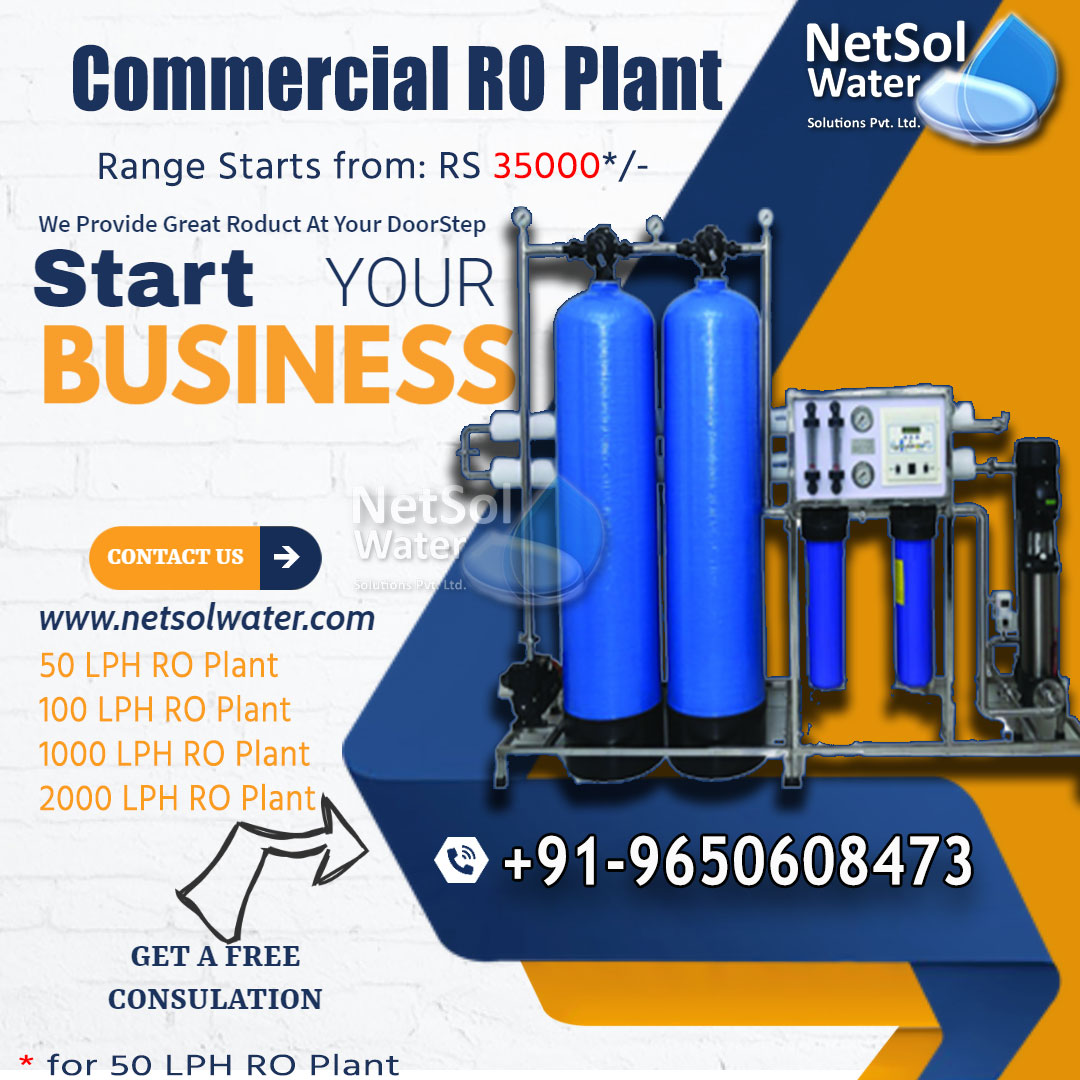Can Commercial RO plants be used in Nuclear Power Plants?
Nuclear power stations are commercially operated in 31 countries (for a total of 440 plants globally), with 60 units under development in 15 countries, including China, Russia, South Korea, India, Pakistan, and the United Arab Emirates.
Nuclear power plants (NPPs) use a lot of water, far more than coal-fired power plants. Water is utilized in nuclear reactors for day-to-day operations and to dissipate the massive amounts of heat produced. In an emergency, large amounts of clean water are required to decontaminate contaminated structures, equipment’s, and apparatus. However, in such circumstances, the necessity to clear huge amounts of contaminated water necessitates the use of adequate filtration equipment.
What is nuclear desalination?
Nuclear desalination is described as the removal of salt and minerals from seawater using both electricity and heat generated by nuclear power plants.The creation of drinkable water from seawater in a facility where a nuclear reactor is employed as the source of energy (electrical and/or thermal) for the desalination process is known as nuclear desalination.
All present desalination systems require a large quantity of energy, either in the form of low-temperature process heat or electricity; nuclear power reactors can produce residual heat, low-temperature steam, and electricity. The multi-stage flash (MSF), a steam-based evaporation method, and reverse osmosis (RO) are two prevalent desalination systems.
The decision between MSF and reverse osmosis as the best desalination technique is based on a number of variables, including investment cost, maintenance cost, degree of availability, duty heaviness, and the required purity of the desalinated water. The biggest factor, however, is frequently the plant's operating costs, particularly the cost of the consumed energy.
The process of Reverse Osmosis
Reverse osmosis (RO) has become a popular method for desalinating water.It is a representative demineralization technique in which dissolved chemicals are removed from a solution using a semi-permeable membrane. A semipermeable membrane allows liquid and a small part of certain ions to flow to the permeate side, while the majority of dissolved components are rejected.For both saltwater desalination and the purification of diverse water supplies contaminated with pesticides, pharmaceuticals, heavy metals, or other emerging micro pollutants, the RO membrane process has been recognized as one of the most economically advantageous separation technologies.
RO technology in Nuclear Power Plants (NPPs)
RO devices powered by heat from nuclear power stations could fulfil a variety of activities in addition to desalination of sea water for domestic and industrial usage. They could be used for:
1. Water production for Nuclear power plant purposes, cleaning the coolant, water recycling with boric acid recovery, water preparation for decontamination actions;
2. Treatment of low-level radioactivity effluents during regular, day-to-day operations (waste from laboratories, floor drains, boron recycling water, wastes contaminated with transuranic elements, waste from decontamination);
3. Decontamination of wastewater in the event of an accident.
What can we offer?
Netsol Water is one of India's major water treatment companies, with a purpose to make water management systems more cheap, sustainable, and energy-efficient in order to meet the problems of population increase, industrial expansion, and climate change.




